Jebel Akhdar,
also known as the
Green Mountain, is one of the most stunning
mountain ranges in Oman, located within the
Hajar Mountains
in the northeastern part of the country. It is famous for
its dramatic scenery, terraced farming, cooler climate, and
vibrant greenery, especially in contrast to the arid desert
regions of Oman.
Here are some key details
about Jebel Akhdar:
1.
Geography and
Location
-
Location:
Jebel Akhdar is located about
150 kilometers
(93 miles) from
Muscat, the capital city of Oman. It is part of
the larger Hajar Mountain range and lies in the central
region of the country.
-
Elevation:
The mountain’s peaks reach an elevation of around
2,000 meters
(6,561 feet) above sea level, making it cooler and
greener than the lowland desert areas. The cooler
temperatures and abundant rainfall contribute to its
lush vegetation.
-
Climate:
Due to its higher elevation, Jebel Akhdar has a more
temperate climate compared to the rest of Oman,
especially during the hot summer months. It offers a
pleasant retreat from the heat of the coastal cities.
2.
Flora and Fauna
-
Vegetation:
Jebel Akhdar is known for its
terraced farms
and lush greenery, a rarity in the arid landscape of
Oman. It is home to a variety of fruits such as
pomegranates, peaches, apricots, and grapes. The region
is also famous for its
rose gardens—the
production of rose water, used in Omani perfumes and
food, is a traditional practice.
-
Wildlife:
The mountain range also hosts a variety of wildlife,
including
Omani mountain goats,
foxes,
and several species of birds, making it a great place
for nature lovers.
3.
Terraced Farming
and Agriculture
-
Agriculture:
Jebel Akhdar is famous for its
terraced
farming, where the mountain slopes are divided
into flat, cultivated areas. This unique farming method
has been practiced for centuries and is used to grow
crops like pomegranates, olives, and other fruits. The
irrigation system, called
"falaj",
channels water from the mountains to the farms.
-
Rose Water
Production: The area is also known for its
rose
cultivation. The roses grown here are used to
produce rose
water, which is an integral part of Omani
culture and cuisine, as well as in perfumes.
4.
Scenic Views and
Hiking
-
Panoramic
Views: The mountains offer breathtaking
panoramic views of the valleys, gorges, and terraces
below. Visitors can enjoy scenic drives through winding
roads, providing spectacular vistas of the rugged
terrain.
-
Trekking and
Hiking: Jebel Akhdar is an excellent
destination for outdoor enthusiasts. Hiking trails in
the area lead to stunning viewpoints, including dramatic
canyons and remote villages perched on the
mountainsides. One of the most popular hikes is the
Al Sharfat
Mountain Trail, which provides stunning views
of the surrounding valleys.
-
Wadi Bani
Habib: A beautiful village in the mountains
known for its traditional stone houses and terraced
farming. It’s a great place to explore on foot and
immerse in the local culture.
5.
Tourism and Luxury
Accommodation
-
Resorts and
Hotels: Jebel Akhdar has become an increasingly
popular destination for travelers looking for luxury and
tranquility.
Anantara Al Jabal Al Akhdar Resort, one of the
top luxury hotels in Oman, is situated here and offers
guests stunning views, a spa, and access to hiking and
cultural experiences. The resort’s location on the edge
of a cliff provides incredible views of the surrounding
mountains and valleys.
-
Cultural
Heritage: Visiting Jebel Akhdar allows
travelers to experience traditional Omani life. The
small villages scattered around the mountain are home to
communities that have preserved their culture and
lifestyle for generations.
6.
Access and Travel
-
Road Access:
Jebel Akhdar is accessible by road from Muscat, and the
drive takes about
2 to 3 hours.
The road leading to the mountain is a well-maintained,
paved highway with steep gradients and hairpin turns,
which makes the journey both scenic and thrilling.
-
Restrictions:
Visitors to Jebel Akhdar are required to obtain a
permit
for entry, as it is a protected area. This is mainly for
security reasons, as the area was once home to some
military installations, but permits are easy to obtain
and often arranged through hotels or tour operators.
7.
Cultural and
Historical Significance
- Jebel Akhdar is
not only important for its natural beauty but also for
its cultural heritage. The mountain has been inhabited
for centuries, and the traditional villages that dot the
landscape are a testament to Oman's history and
resilience. The terraced fields and ancient irrigation
systems are part of the Omani way of life, passed down
through generations.
8.
Why Visit Jebel
Akhdar?
-
Nature Lovers:
If you enjoy lush landscapes, cool climates, and
stunning mountain views, Jebel Akhdar offers some of the
best scenery in Oman.
-
Cultural
Experience: It's an excellent destination for
learning about Omani culture, with the chance to see
traditional farming practices, visit local villages, and
enjoy authentic Omani hospitality.
-
Adventure:
For those interested in outdoor activities like hiking,
trekking, and mountain biking, Jebel Akhdar provides
ample opportunities for exploration.
In summary, Jebel
Akhdar is a true gem of Oman, offering visitors a
unique blend of natural beauty, rich culture, and outdoor
adventure. Whether you're exploring its terraced farms,
hiking through the mountains, or simply relaxing in a luxury
resort, Jebel Akhdar is a must-visit destination for anyone
traveling to Oman.
Muskat Wahiba Sands Al
Rustaq Wadi Tiwi Muttrah-Souk Jabreen Birkat Al Mauz
Salalah Sumhurum Provinz Dhofar
 Safaris
Bergsteigen
Wandern
Inselwandern Weltweit
Safaris
Bergsteigen
Wandern
Inselwandern Weltweit
 Europa
Inselwandern
Europa
Inselwandern
 Städtewandern
Städtewandern
 Paintings
Paintings  Dirk Rauschenbach
Dirk Rauschenbach
 Safaris
Bergsteigen
Wandern
Inselwandern Weltweit
Safaris
Bergsteigen
Wandern
Inselwandern Weltweit
 Europa
Inselwandern
Europa
Inselwandern
 Städtewandern
Städtewandern
 Paintings
Paintings  Dirk Rauschenbach
Dirk Rauschenbach

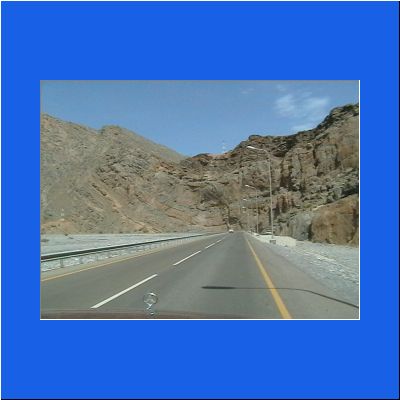

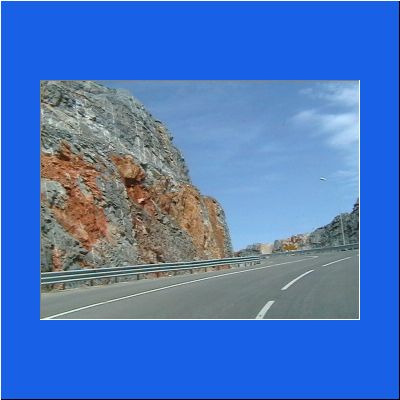
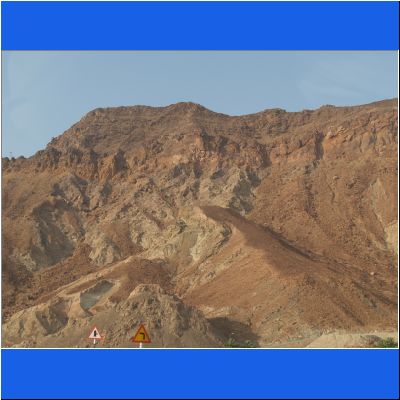
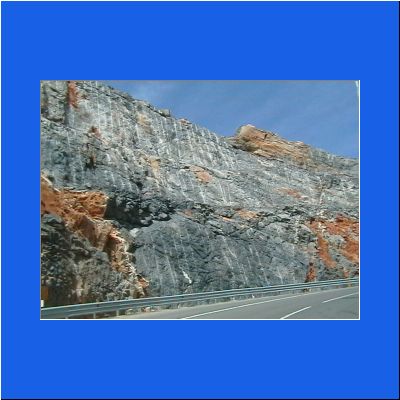
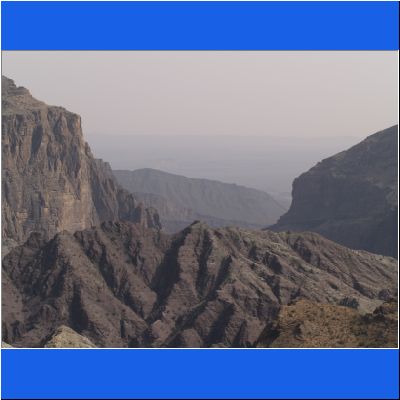

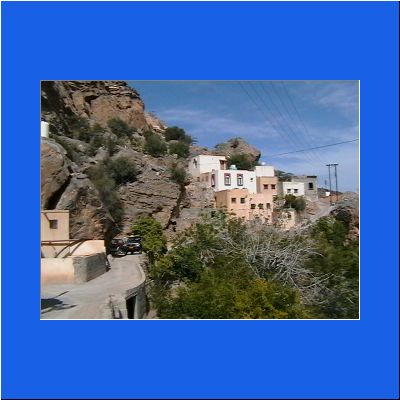
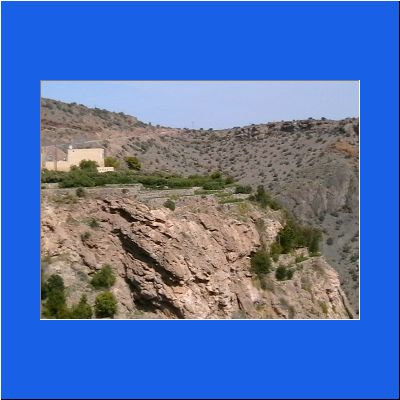
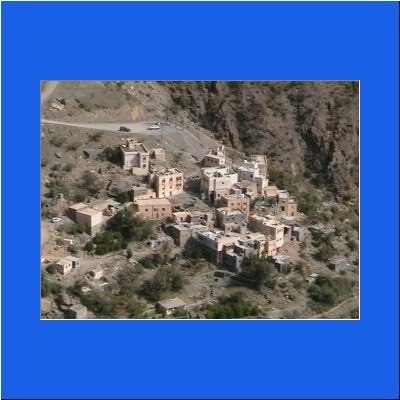
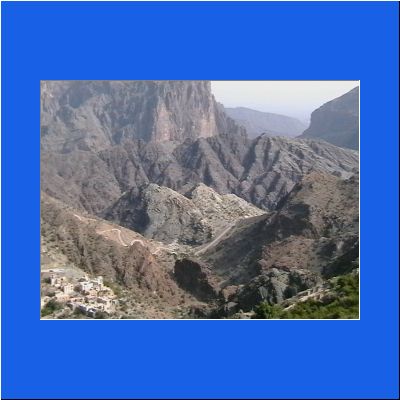
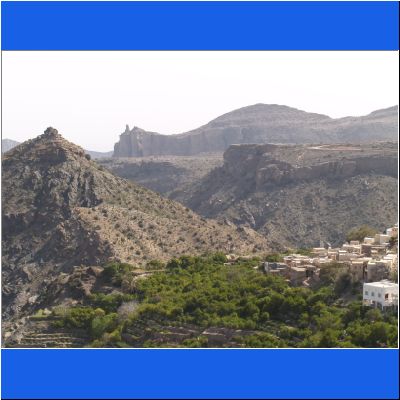
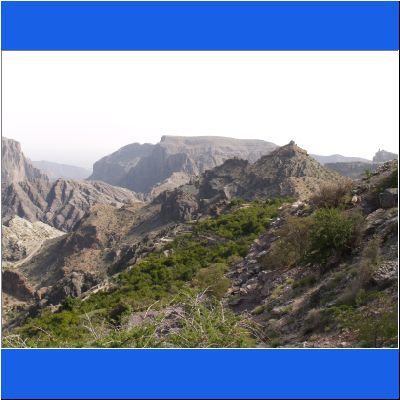
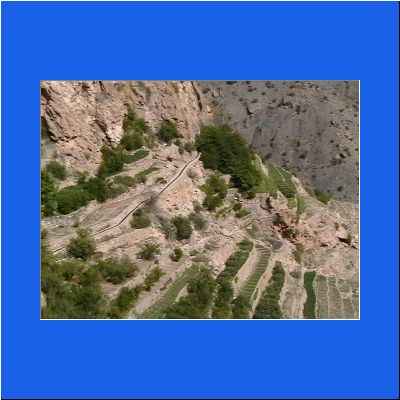
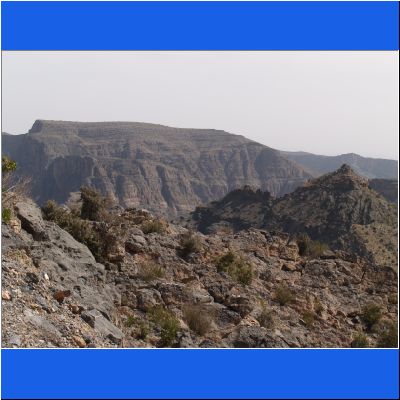
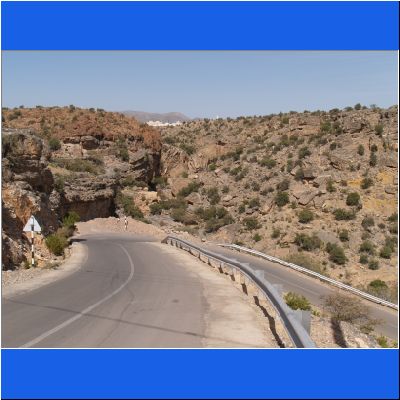
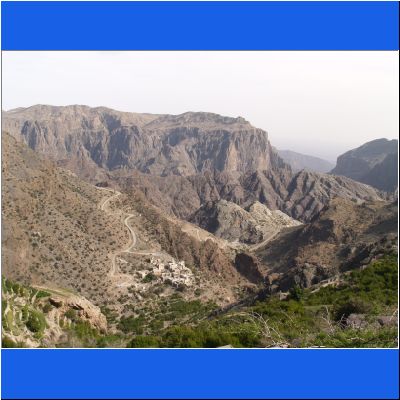
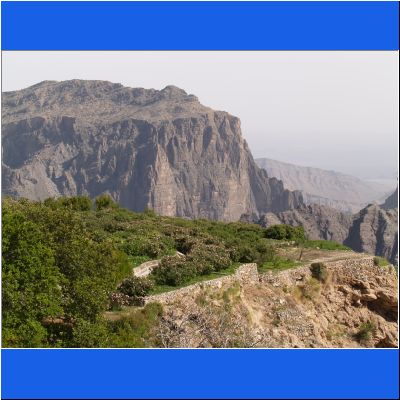
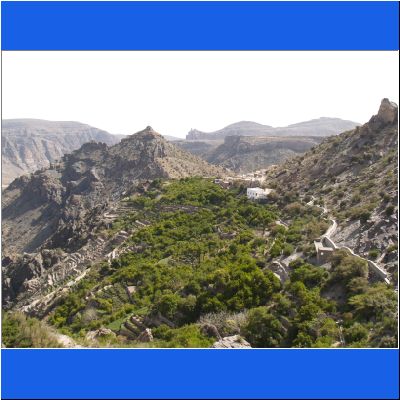
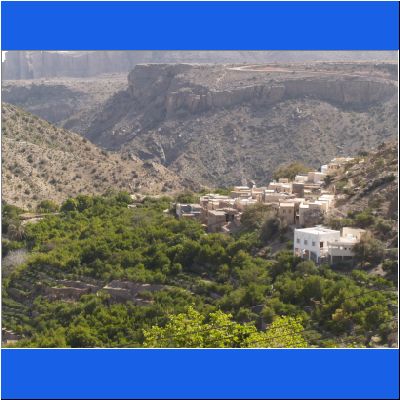

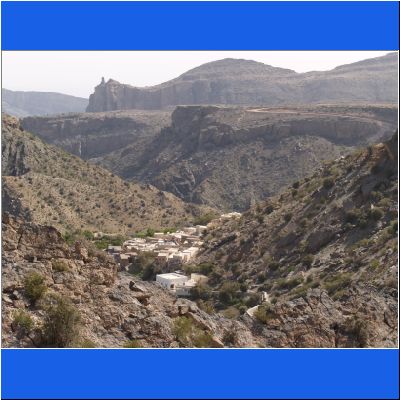
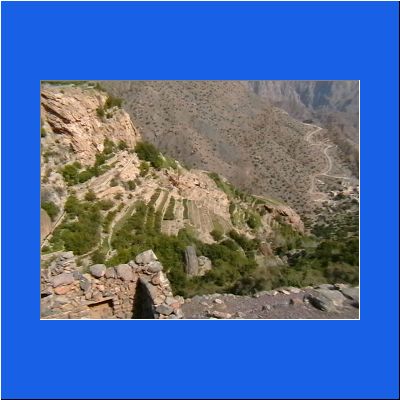
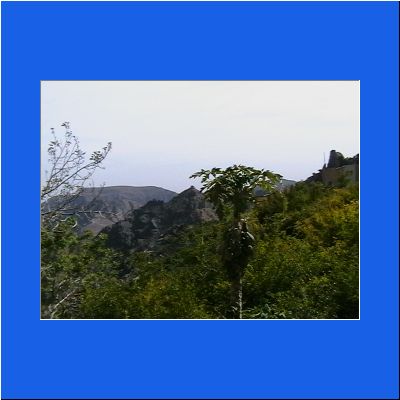
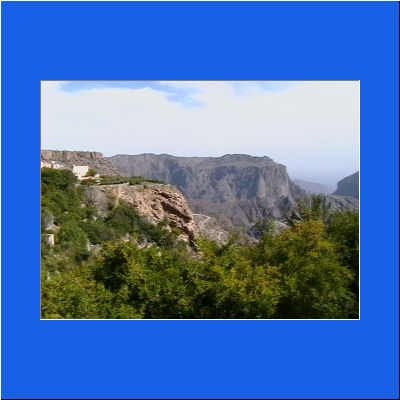
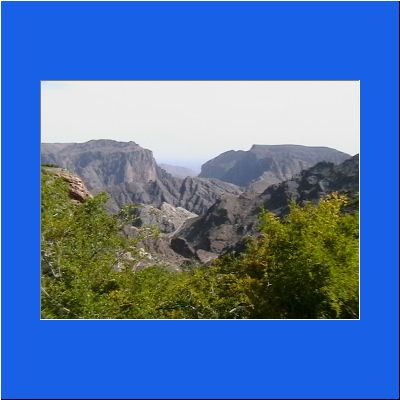
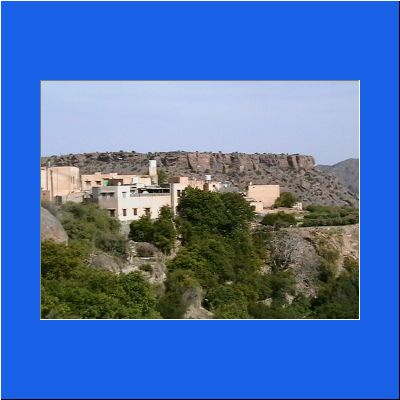
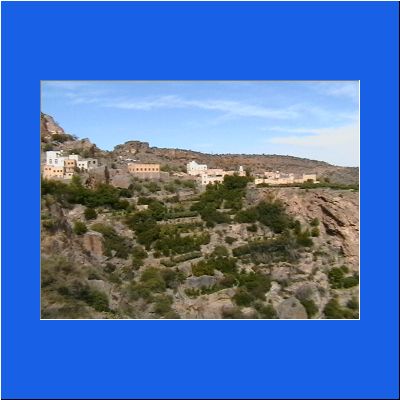
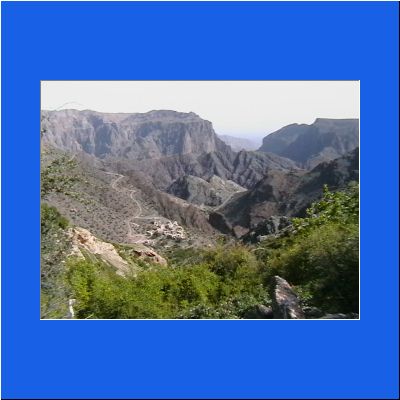
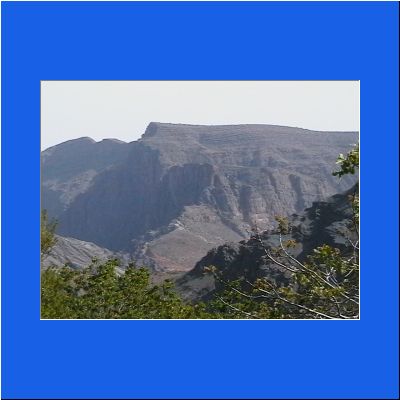
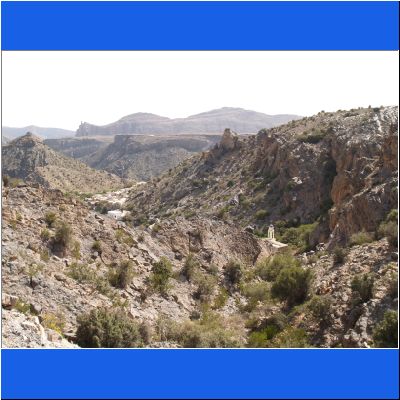
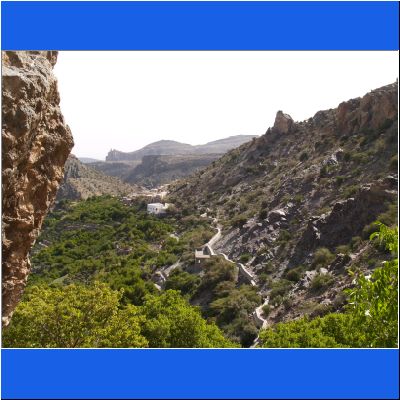

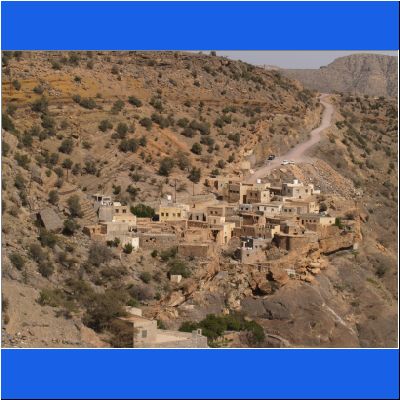
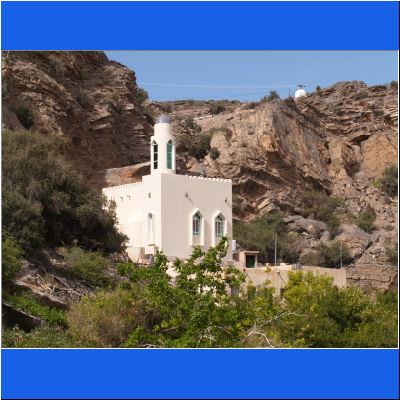
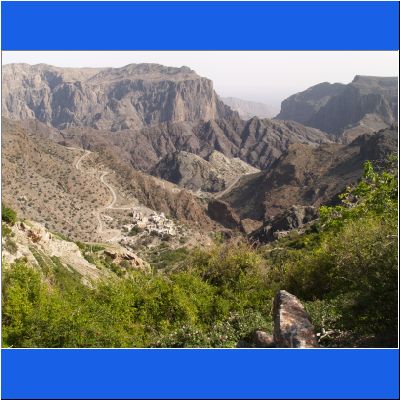
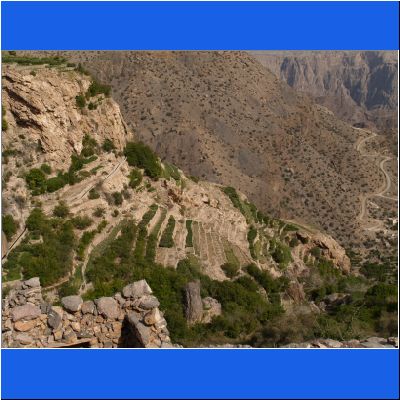

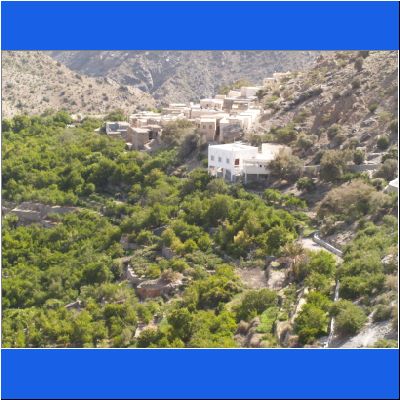
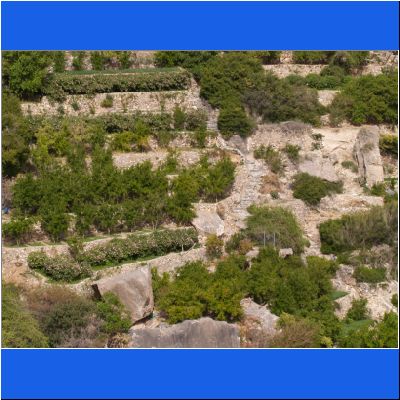
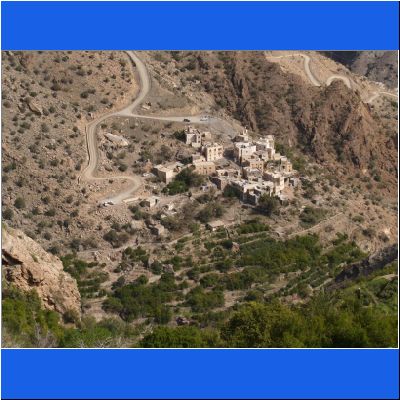
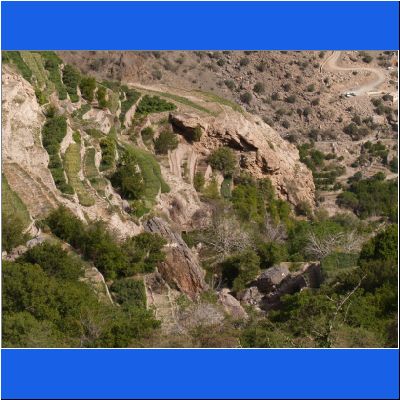


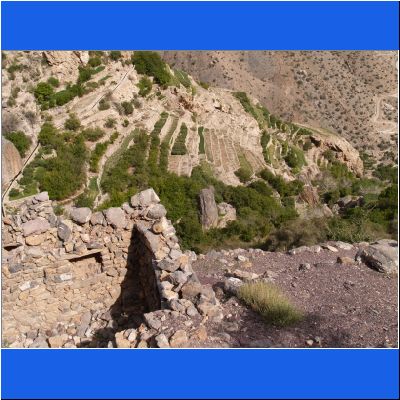
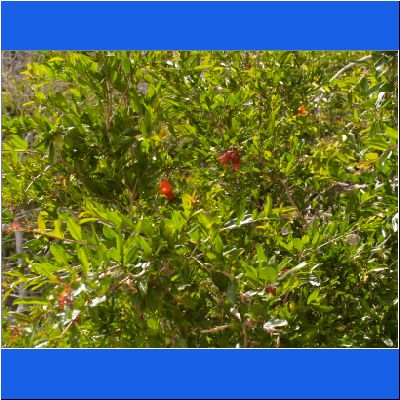

![]() 04.10.25 Copyright Dirk
Rauschenbach Koelnerstrasse 293 51702 Bergneustadt
Datenschutzerklaerung 02261 9788972 Mail ccooly(
at) web.de
04.10.25 Copyright Dirk
Rauschenbach Koelnerstrasse 293 51702 Bergneustadt
Datenschutzerklaerung 02261 9788972 Mail ccooly(
at) web.de